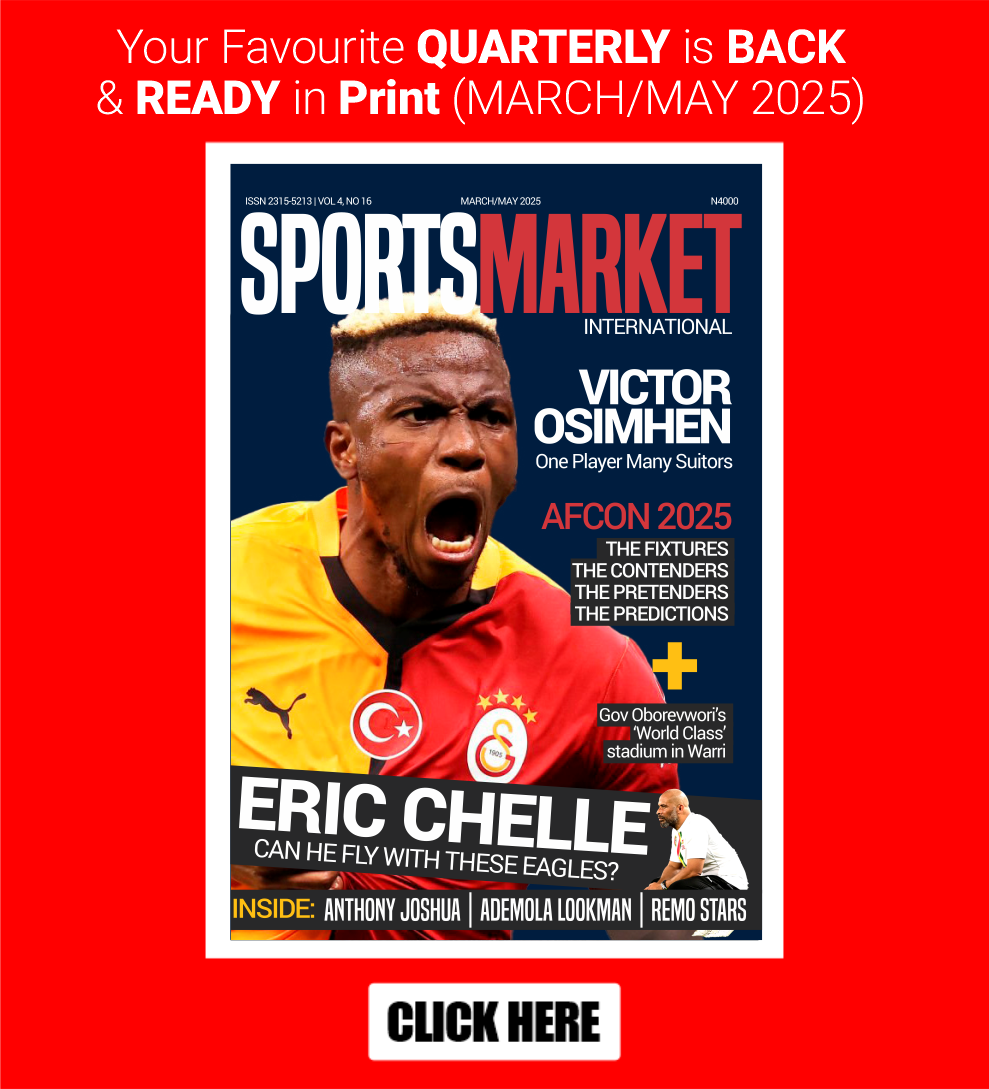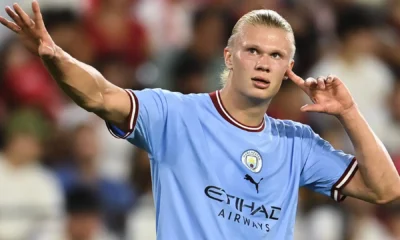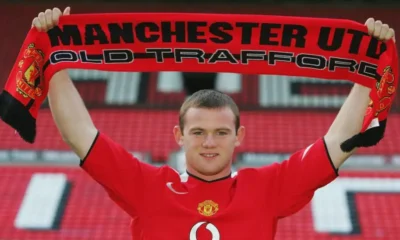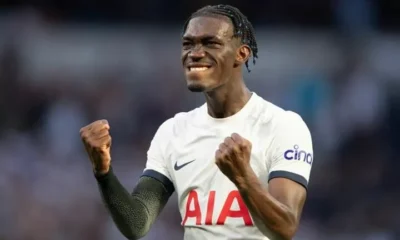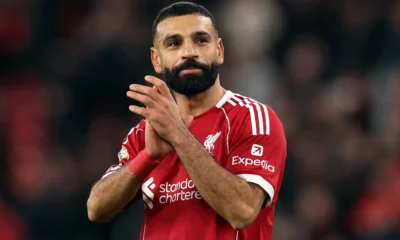Marketing & Sponsorship
Is Crypto Making Sports Sponsorship Comeback?
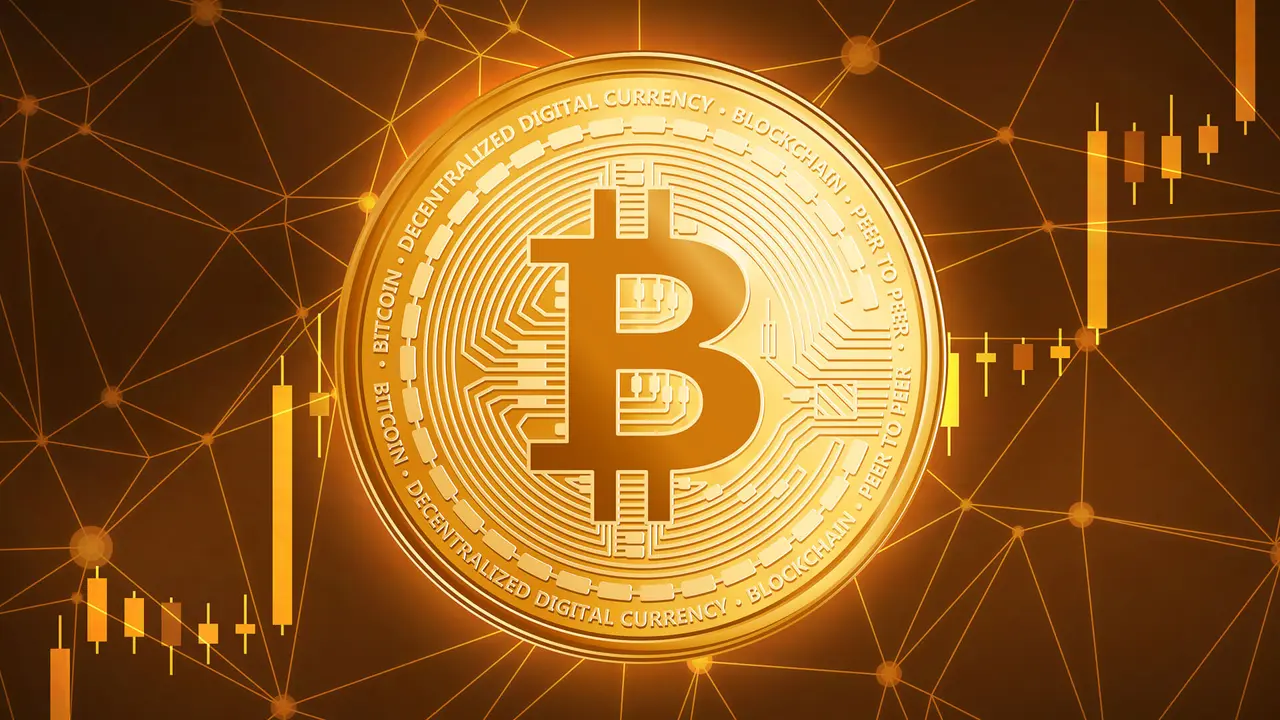
As the crypto market shows signs of life, SportsPro analyses whether it can become a viable sports sponsorship category and what rights holders should have learned from the previous goldrush.
Tottenham Hotspur have started this season with the Kraken logo on their shirt sleeve. Uefa has named Crypto.com as a global sponsor of its revamped Champions League and the National Football League (NFL) has just announced a Europe-focused partnership with Bitpanda.
Erm, guys? It’s 2021 calling, and it wants its emerging sponsorship category back.
It’s been a couple of years since anyone who was anyone in sport was cashing in on the cryptocurrency industry’s seemingly insatiable appetite for sponsorship, only for hundreds of millions of dollars’ worth of deals to collapse when the market crashed in late 2022. The biggest casualty of that was FTX, which had contracts worth hundreds of millions of dollars with the likes of the Miami Heat, Major League Baseball (MLB) and the Mercedes F1 team. But the whole episode seemed to lead to a breakdown in trust.
However, does a recent flurry of activity suggest there’s life in the crypto sponsorship category yet?
Why is this happening now?
I don’t claim to be a finance guy, but the volatility of the crypto market means it is susceptible to wild fluctuations in price. Reporting from earlier this year suggested that the industry was showing signs of recovery as Bitcoin reached record heights, while the regulatory advancements slowly coming into effect will play a part in restoring faith in the sector.
As it relates to sport, though, the industry is still encountering a challenging sponsorship market. They might not be as desperate as they were in 2021, when there was greater pressure to plug revenue holes created by the Covid-19 pandemic, but Daniel Haddad, head of commercial strategy at sports marketing agency Octagon, points out that soccer teams, particularly those outside a select group of clubs, are facing an uphill battle to maintain or grow the value of the premium assets on their kit.
Those facing a similar predicament may therefore be willing to go back to the crypto industry if the price is right.
“In some ways, I think it tells us more about the market than the category,” Haddad says.
Are there still risks?
Absolutely, for all the reasons mentioned above. But some sports properties see it as one worth taking.
Haddad says one surprise has been that some of the rights holders reembracing crypto have had “mixed experiences in that category before”. For example, Inter Milan, who over the summer entered partnerships with Gate.io and BlockDAG, which has also teamed up with Borussia Dortmund, missed out on millions of dollars promised by former shirt sponsor DigitalBits.
As a result, he expects one of the learnings from the previous gold rush is knowing what contractual protections to put in place, particularly around termination clauses and how payments are scheduled.
Finances aside, there’s also the reputational risk of getting back into business with a sector that stirs scepticism among supporters, particularly after many crypto partnerships were disguised as fan engagement.
“I think, really, the main reputational risk is that clubs or any rights holder that enter into these deals don’t clearly communicate what the product is that their partner is marketing through the relationship,” Haddad says. “Hopefully that would be a big learning from the first deals done in this category.”
Another challenge previously was that it was difficult to know which firms were reputable businesses in what was still a relatively new – and sometimes murky – sector. That led to some teams getting burned by companies who either couldn’t fulfil payments or, in some extreme cases, weren’t even who they claimed to be.
There is still some nuance to the sector. After all, brands operating within the crypto industry serve different functions, whether they be cryptocurrencies themselves, exchange platforms, or even bookmakers like Southampton’s new shirt sponsor Rollbit.
However, the likes of Crypto.com, Kraken, OKX and Coinbase are among a group of companies that have built brand equity by being able to either sustain or strike new partnerships before, during and after the so-called crypto winter, which could be a good gauge for sports properties when carrying out their due diligence.
Inter signed deals with two crypto firms over the summer despite previously seeing a front-of-shirt partnership with DigitalBits break down
How will this play out?
Following the crypto crash, we all speculated (guilty) what industry might replace it. The outlook doesn’t appear as bleak as it did back then, although I would defer to the aforementioned finance guys to speculate on the long-term viability of the market.
For sports sponsorship, though, perhaps there is a future where crypto becomes one among many categories that rights holders look to find partners for – even if spending levels don’t quite reach the peak of a few years ago.
Haddad predicts that there will be “a flurry of activity” from the crypto sector at the lower end of the market, where entry points for sponsorship rights are lower and deals are done on a shorter-term basis. But he suggests it will remain slow at the top.
“I can’t see there being ten crypto brands who can all spend 50 to 100 million a year on sponsorship rights,” he adds. “Where we’re getting to now – with a couple of players who do big deals, and the rest of the deals in the market are on a completely different level and with a different profile of rights holder – to me seems like more of a landing point than the previous situation.”
Role reversal
It’s not often you see a rights holder doing the sponsoring. But that’s exactly what Nascar is doing through a new partnership with esports company Blast covering world championship events in Fortnite and Rocket League, which will integrate the stock car series into physical and digital activations.
This isn’t the first time that the stock car racing series has moved over to the buy side in an effort to attract new fans, having previously partnered with the athletics departments at the University of Alabama and South Carolina and signed NIL deals with college athletes.
I don’t mind it. Better to be proactive and try to build an affiliation through sports that younger audiences are already paying to see, rather than hope that they’ll somehow stumble across one of your events on television or – even less likely – in person.
Sportspromedia

-

 Transfers3 days ago
Transfers3 days agoErling Haaland Drops Big Hint About Possible Future Move To Real Madrid
-

 News3 days ago
News3 days agoWayne Rooney Reveals He Received Death Threats After Everton To Manchester United Move
-

 Premier League3 days ago
Premier League3 days agoJamie Carragher Backs Arne Slot Over Mohamed Salah Amid Fan Backlash
-

 Transfers3 days ago
Transfers3 days agoBarcelona And Man City On Alert As Denzel Dumfries’ Bargain Release Clause Kicks In After Ditching Jorge Mendes
-

 AFCON 20253 days ago
AFCON 20253 days agoFormer Super Eagles Star Friday Ekpo Backs Eric Chelle’s AFCON Squad Decisions
-

 Local News3 days ago
Local News3 days agoIs Bukayo Saka The Smart Captain Pick Over Erling Haaland This Weekend?
-

 Transfers3 days ago
Transfers3 days agoTwo Strikes And Out! Tottenham Transfer List Yves Bissouma Following Second Laughing Gas Scandal
-

 Premier League17 hours ago
Premier League17 hours agoCurtis Jones Opens Up On Mohamed Salah’s Liverpool Future And Reveals How Star Forward Helped Him Through Tough Times


